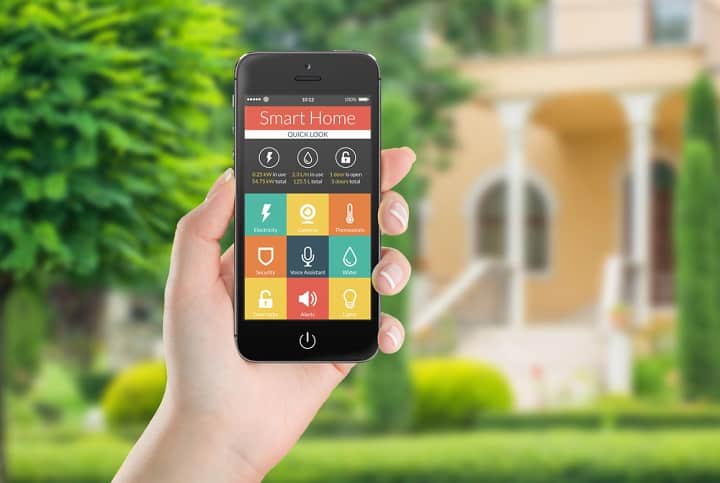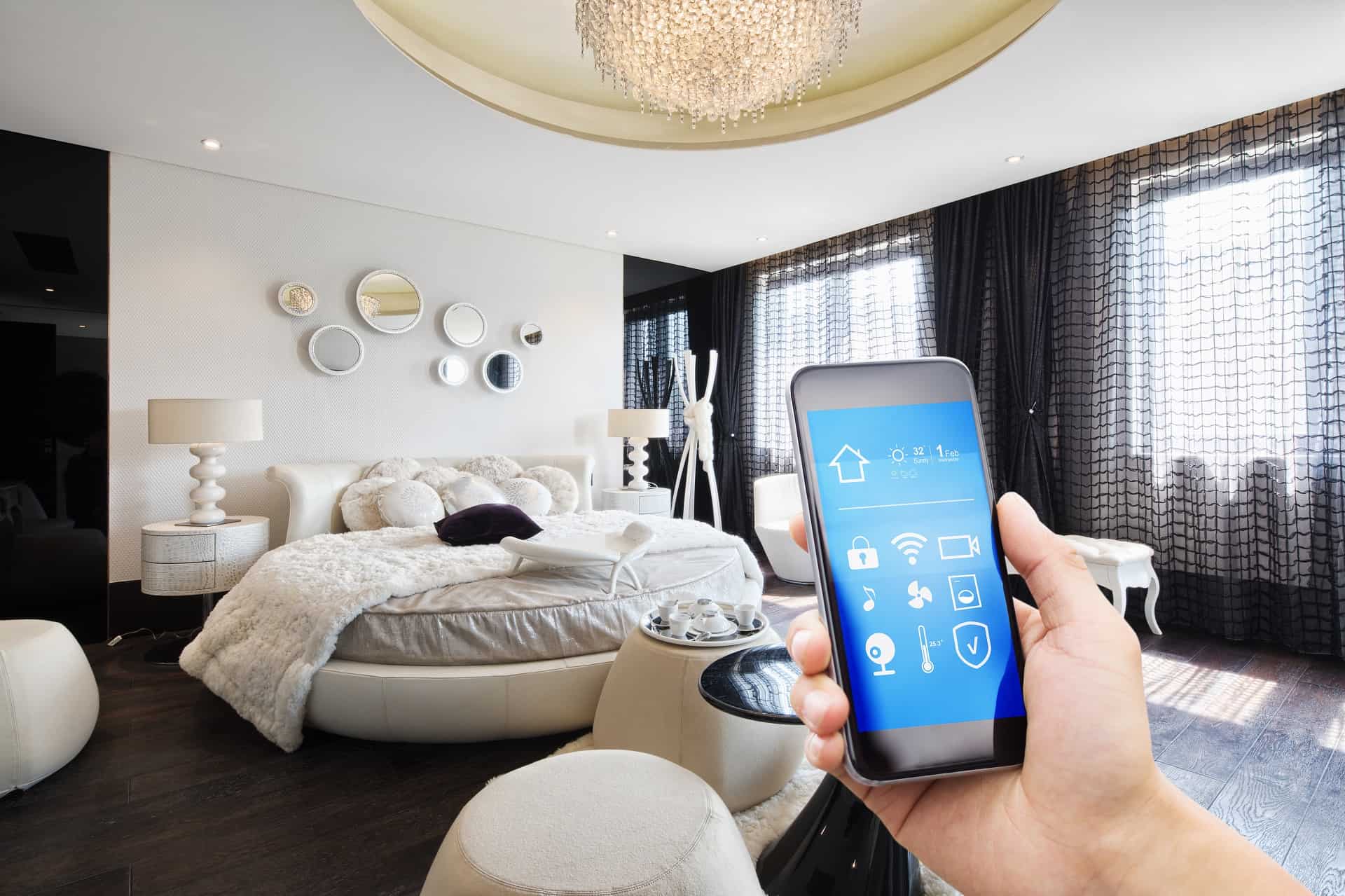When setting up a smart home, it’s important to consider not just the convenience and functionality it offers today, but also how it will stand up to advances in technology and changes in your own needs over time. Future-proofing your smart home involves making choices that help make sure your smart home is usable for years to come. This includes choosing devices that have a track record of receiving updates and support, picking systems that offer compatibility with a wide range of products, and being aware of the latest developments in smart home technology. Keeping these in mind when you pick smart home tech means that your smart home will last for years to come. This article aims to help you make informed decisions about future-proofing your smart home, ensuring that your investment remains useful in the long term.
Choosing Smart Devices with Longevity
When selecting smart devices for your home, considering their compatibility is crucial. There are a few main points to picking devices with the widest range of compatibility possible. These are the communication stack that the devices are built on, the smart home controller that the devices can connect to, and making sure the devices are supported by the manufacturer for the long term. Devices that work well with a wide range of other smart products and systems ensure that you can add new technologies as they emerge without needing to replace your current devices.
Picking a Communication Technology
Communication technology is the way that your smart home devices communicate with other devices. This can be a proprietary protocol, or a standard protocol that many devices use. Look for products that support standard communication protocols such as Z-Wave, Zigbee, Matter, or Wi-Fi. These standards are more likely to be supported by multiple manufacturers and for a longer period. Choosing devices from well-established companies that have a track record of updating and supporting their products can prevent issues in the future.
Picking a Smart Home Controller
Picking a Smart Home Controller is a critical step in ensuring your smart home system is both robust and adaptable over time. A smart home controller acts as the brain of your smart home, connecting various devices so they work together seamlessly. When selecting a controller, it’s important to choose one that supports a wide range of communication technologies and protocols, such as Z-Wave, Zigbee, Matter, and Wi-Fi. This ensures that your system can communicate with the widest variety of devices, both now and in the future.
Be sure to choose a controller that is known for its strong ecosystem support and regular firmware updates. Manufacturers that actively update their controllers can provide new features, improved security, and better compatibility with emerging smart home devices. We recommend picking a controller from one of the big three: Apple HomeKit, Google Home, and Amazon Alexa. If you’re feeling more adventurous and would like more control over your smart home, Home Assistant is another great choice for a smart home controller. Picking a smart home controller that is widely compatible and supported means that your controller should be supported well into the future.
Other things to consider with a smart home controller are the user interface and ease of use. A controller with a user-friendly interface makes managing your smart home more intuitive, which is particularly important as you add new devices and functionalities over time. Knowing what controller your existing smart devices support is also crucial in picking a smart home controller. You don’t want to use a controller that your devices can’t connect to! By carefully selecting your smart home controller, you can create a flexible and future-proof smart home system that adapts to new technologies and enhances your daily life.
Making sure of Manufacturer Support
Understanding the lifespan and support of smart devices is also important for future-proofing your smart home. Manufacturers typically provide information about the expected lifespan of their products, which can help you gauge how long they will work before needing replacement. You should also consider the type of customer support offered, such as software updates, which can extend the features and security of smart devices over time. And don’t overlook the warranty period and what it covers. Devices with longer warranties or those from companies with reputations for strong after-sales support are often more reliable choices in the long term.
In Summary
To make sure your smart home remains useful as time passes, it is important to focus on compatibility and ongoing support. By selecting devices that work with common standards and can integrate with future products, you lay a foundation for a system that can evolve. Prioritizing updates and manufacturer support helps protect your smart home against potential threats. So be sure to consider your communication types, smart home controller compatibility, and manufacturer support any time you select a new smart home device.




